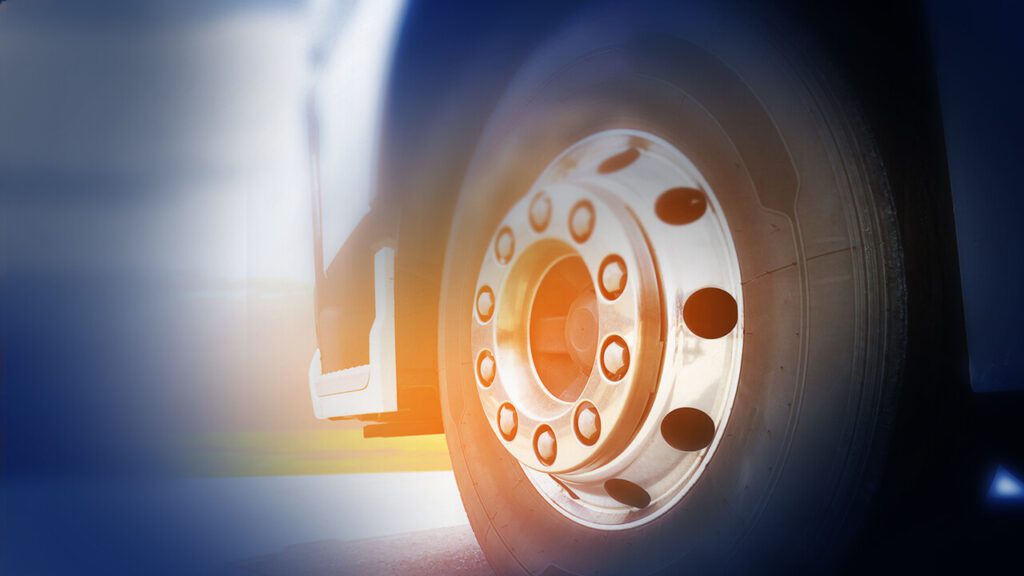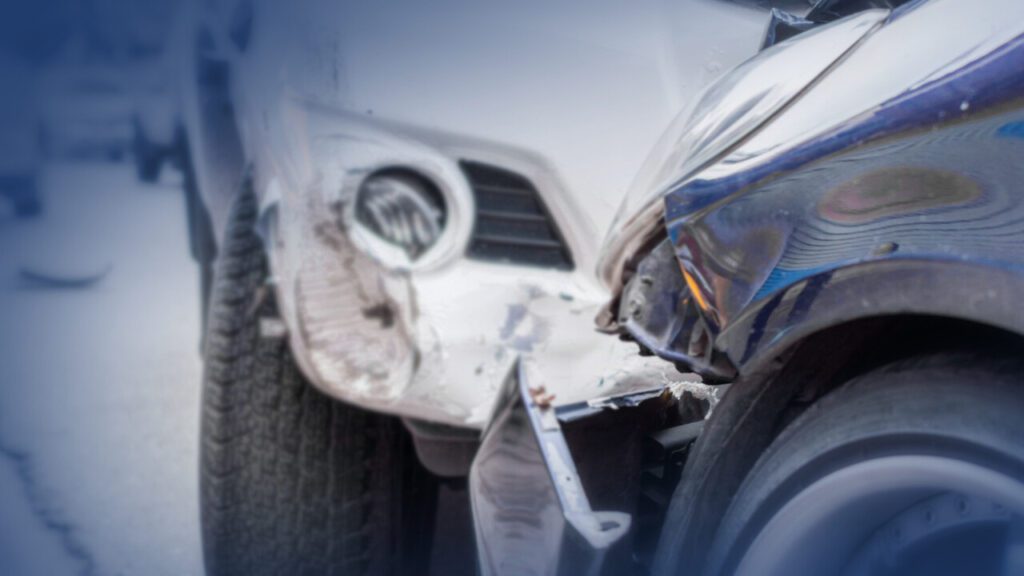Tackling Tire Failures
Tires are the only point of contact between a vehicle and the road, making them critical to safe handling and braking. Issues like tread separation and blowouts can cause you to lose control, leading to serious accidents. While tire failure isn’t the top cause of traffic accidents, it’s still a significant and often deadly problem. The National Highway Traffic Safety Administration (NHTSA) reports that about 35% of crashes caused by vehicle issues involve tire failure.
Tire failures can have devastating consequences, especially at highway speeds. A blowout or other tire issue can cause your vehicle to roll over, veer into oncoming traffic, or even go off the road, endangering pedestrians and cyclists. In court, tire manufacturers often try to blame the driver, claiming improper inflation or maintenance. If you’ve been in an accident due to a defective tire, our experienced personal injury and defective product lawyers are here to assist you.

Types of Tire Defects
Defective tires can cause serious issues long before they wear out. Blowouts and tread separations (detreads) are preventable if tires are properly designed and manufactured.
A tire blowout is a sudden loss of air pressure in a tire, often causing it to break apart and resemble an explosion. Blowouts can be linked to design and manufacturing flaws, but even well-maintained tires can blow out due to design and manufacturing issues.
Tread separation occurs when a tire’s treads detach from the steel belts and the tire’s body. It’s the most common failure in steel-belted radial tires and can lead to a blowout, causing loss of vehicle control, accidents, and rollovers. Tread separation is usually due to design or manufacturing defects. Signs of impending separation include a vibrating or wobbling vehicle and visible bulges in the tread. However, it is possible to suffer a catastrophic tread belt separation without warning.
It is often impossible to detect manufacturing or design defects through a visual inspection. Always have your tires inspected by properly trained tire professionals.
Tire Recalls
If a tire has design or manufacturing defects, manufacturers must alert consumers to the danger. However, recalls often happen only when manufacturers are forced to act, and many consumers and retailers remain unaware of safety issues.
The recall system has flaws: there’s no effective tracking, and it’s hard to identify recalled tires just by looking at them. Recall notices are often sent by third-class mail, which doesn’t forward if you change addresses, and many service centers lack complete recall information.
Tire Safety Tips
Ensuring your tires are in good condition is essential for safe driving. According to the NHTSA, 9% of cars on U.S. roads have at least one bald tire. To stay safe, have your tires checked monthly and before long trips by a tire professional. Ensure they have enough tread, no visible cracks or defects, and are properly inflated. Tips and tire facts below:
- Check Tread Depth: A tire is bald if it has 1/16th of an inch or less of tread depth. Most tires have built-in treadwear indicators—raised sections in the tread grooves. When these indicators are even with the tread, it’s time for new tires. You can also use a Lincoln penny: place it upside down in the tread. If you can see the top of Lincoln’s head, it’s time for a replacement.
- Monitor Tire Inflation: Bald spots on tires can indicate under-inflated tires. Use an accurate gauge to check tire pressure, as gas station gauges can be off by four psi or more. Always use your own tested and certified gauge.
- Regular Inspections: Don’t rely on just looking at your tires to check inflation. Use a reliable tire professional to inspect your tires and follow the proper inflation guidelines in your car’s manual or on a placard in the glove compartment or driver’s doorjamb.
- Check Tire Age: Tires older than six years can become brittle and prone to blowouts. Look for the date code on your tires, which tells you when they were made. This code can be found along the edge of the tire where it meets the rim/hubcap. For example, a code of 0806 means the tire was made in the eighth week of 2006.
Meet Our Defective Tire Attorneys
Related News
Nursing Home Neglect: When Care Fails
For many families, placing a loved one in a nursing home is one of the…
$110 Million Settlement- The Largest in Alabama History
We are thrilled to announce a landmark achievement: the largest personal injury settlement in the…
Fatal Flight: Investigating Mississippi Medical Helicopter Crash
On March 11, 2025, a devastating accident claimed the lives of three individuals: Dustin Pope,…
Fatal Fishing Collision: Justice For Smith Lake Victims
Tournament Tragedy- We are currently investigating the recent boating accident that claimed the lives of…
Minimal Insurance Coverage to $4.5 Million Tractor-Trailer Settlement
On December 15, 2021, our client, Mr. Martin, experienced a life-altering accident on Interstate 85…
$2 Million Settlement For A Commercial Vehicle Case
Commercial Vehicle Settlement $2 Million Commercial Vehicle Settlement For more than 45 years, the Beasley…
Fun Turned Fatal: Lawsuit Filed After Deadly Buckhead Shooting
Nightclub Nightmare- In the heart of Atlanta’s vibrant nightlife, a senseless tragedy unfolded. The Elleven45…
Atlanta Office Secures Over $215 Million for Clients
In the last year, our Atlanta Office has dominated the areas of product liability and…
$1 Million Settlement highlights Beasley Allen attorney’s dedication to clients
Beasley Allen recently secured a million-dollar settlement for his client, highlighting the importance of having…
“She Would Have Walked Away”: Husband Reflects on Wife’s Death in Negligent Bus Crash
It started as an average morning for David Welch. But, the typical day was interrupted…
Beasley Allen files lawsuit after Amazon driver’s negligence causes crash
Beasley Allen has filed a lawsuit against Amazon on behalf of a client seriously injured…
Wrongful death lawsuit filed after negligent death of Georgia man
Beasley Allen has filed a wrongful death complaint on behalf of a Georgia woman whose…

















